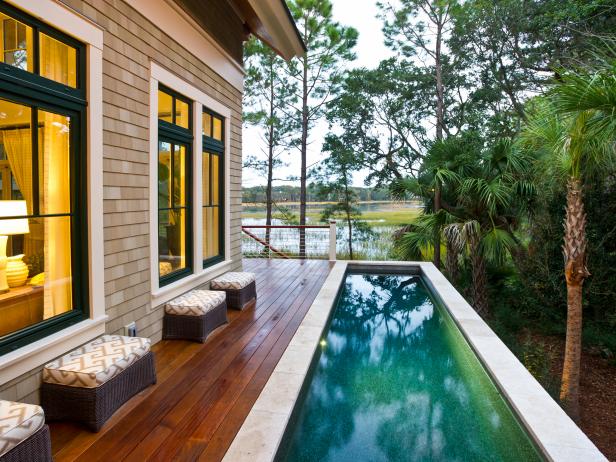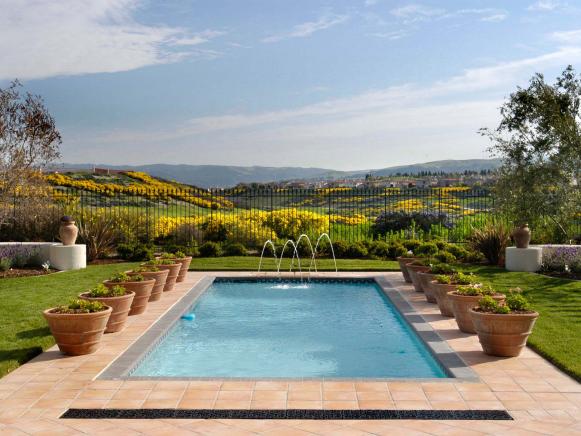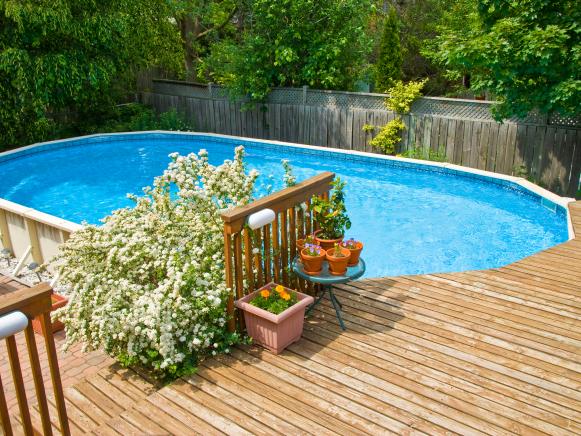
Are you looking for a way to make sure your pool is safe? Do you need help with the process of obtaining your pool safety certificate? This article will be a helpful guide to learn about having a pool safety inspection in QLD. Obtaining your pool safety certificate. How to check if your barrier meets compliance. Why it’s important that the fence around your pool is fully compliant for safety reasons!
Why do you need a pool safety inspection?
A pool safety inspection is an important part of owning a pool. A safety inspector can help make sure your pool equipment and water chemistry are in good working order, as well as identify any potential problems with the enclosure or other parts of the property where you have installed your swimming pool. In fact, many insurance companies now require owners to prove their pool has been inspected annually, and some require inspection every quarter.

What to do before your pool safety inspection
Check your fence for any obvious signs of noncompliance. The gate must be self-closing and self-latching. The gate must be at least 90cm and no more than 150 cm wide. If your pool is above ground, the fence may only be 75cm high – but it needs to extend below ground level by a minimum of 30cm.
The bottom panel should not have any gaps larger than 100mm in width or height between sections.
What does a pool inspection include?
Pool safety inspections include a visual inspection of your pool’s barrier and gates as an assessment of compliance with current govt legislation. The inspector will check for things like:
- Faulty or incorrect gate operation
- Gaps exceeding 100mm in
- Inadequate fencing in poor condition, or missing entirely.
- Failure to pass a push test
In addition to your pool’s barrier and gates, inspectors will also check other parts of the property where you have installed your swimming pool for things like:
– Accessibility around equipment such as pump units and skimmers – Gaps between walls/fences

Who can perform a pool safety inspection in Queensland
Pool safety inspections in Queensland can be conducted by a Licensed Pool Inspector who has relevant qualifications and experience. They may be a government employee or an independent contractor.
It’s important that your inspector is actually licensed to perform pool safety inspections and not just any old tradie with no qualifications in pool inspection!
What is a pool safety certificate?
A pool safety certificate is a document that confirms inspection has been carried out for your property. It can be used as evidence of compliance with legislation and may help to avoid potential insurance claims.
It’s important to understand that a pool safety certificate is not an indication your pool fence is always compliant. It’s simply an indication of compliance at the time of inspection. Maintaining compliance is the responsibility of the owner of the property and it must consistently be maintained over time.
How often do I need to have a pool safety inspection in Queensland.
It’s important to have your pool inspected by an independent and reputable licensed pool inspector such as Total Pool Safety Inspections. This is because it ensures that the report will be accurate and easy for you to understand so there are no surprises when applying for insurance or selling your home.
A pool safety inspection is an important part of owning a swimming pool.
What does a pool inspection include? It includes visual inspections of the barrier for compliance, as well as other parts of the property where you have installed your swimming pool.
Who can perform a pool safety inspection in Queensland?
A Licensed Pool Inspector who has relevant qualifications and experience is the only person able to conduct inspections in Queensland. It’s important that they are not just any old plumber with no qualifications or experience!
How often do I need to have a pool safety inspection in Queensland?
It’s important to have your pool inspected annually by an independent and reputable Licensed Pool Inspector, such as Total Pool Safety Inspections.
 Why it’s important that the fence around your pool is fully compliant for safety reasons!
Why it’s important that the fence around your pool is fully compliant for safety reasons!
It’s important that your pool fence is fully compliant to ensure the safety of you and your family. If it isn’t, then you could be subject to fines and even legal action if someone was injured as a result!
Having a pool can be great for both fitness and entertainment purposes. However, it becomes far more serious when there are no suitable safety measures in place to protect you and your family.
What are the benefits of having an inspection conducted?
The inspection will help identify any problems you may not currently be aware of. This way if there are any potential issues with your pool fence or gate then you can have them fixed before a serious accident occurs in your backyard or pool!
What does a pool safety inspection include? It includes visual inspections of the barrier for compliance, as well as other parts of the property where obstacles may interfere with the pool barrier.
How much does a pool inspection cost and what do I need to provide?
The cost of an inspection is around $150-$200. Once the inspector has completed their assessment, they will advise you on any immediate repairs required to bring your pool fence up to compliance standards.
What happens if my pool feel doesn’t pass a pool safety inspection?
If your pool fence or barrier does not pass inspection, you will be provided with a FORM 26 which includes a list of the repairs required. The inspector may also provide advice on how to prevent any future issues from occurring in order to have it fully compliant in the future! You will then have 90 days to have the work completed and the fence re-inspected.
Why do I need to get my pool safety certificate renewed?
If you are wanting to sell or lease your property then having a current Pool Safety Certificate (Form 26) is important. It can be used as evidence of compliance with legislation and may help to avoid any potential problems with a buyer or tenant.
What happens if I do not get my pool safety certificate renewed?
If you fail to renew your Pool Safety Certificate by the due date, then it is an offense under regulation 52 of the POOLS ACT 2003 and can result in fines from $200 up to over $5000! You will have to have the fence re-inspected and a new Pool Safety Certificate issued before selling or leasing your property.
What if my pool is not compliant?
If you find that your pool does not pass inspection, it’s important that you take action as soon as possible! A non-compliant barrier can be extremely dangerous for those who may try to use it for access.
How much does a pool compliance certificate cost in Queensland?
The cost of a compliance certificate is approximately $42. This is a government fee that is charged upon application.
What are the risks of not having my pool fence compliant?
If your pool does not meet compliance standards, there are serious health and safety concerns which need to be addressed immediately! Unsafe pools can lead to injuries or even in some cases fatalities if they aren’t repaired correctly in a timely manner.
Can you sell a house without a pool safety certificate QLD?
A Pool Safety Certificate is a requirement under section 38 of the POOLS ACT 2003. If you cannot provide your prospective buyer with one, then it may have an impact on the property’s value and they could potentially withdraw from buying it!
Conclusion:
Whether you’re looking to buy a new pool, get your current one inspected, or just want some peace of mind that everything is in compliance with the law, contact us today! We’ll be happy to help. Pool safety certificates are required by Queensland legislation and it’s important for pools to meet all requirements before getting an inspection done. If you have any questions about our services please don’t hesitate to ask. You can reach out via email at info@totalpoolsafetyinspections.com.au or call us on anytime between 7am – 7pm Monday-Saturday (AEST).









 The pool fence gate is one of the most critical aspects of the overall compliance of your barrier. A non compliant
The pool fence gate is one of the most critical aspects of the overall compliance of your barrier. A non compliant 

 As of December, 2015, every swimming pool in
As of December, 2015, every swimming pool in 
 It is not surprising that 41 percent of all drowning deaths in Australia took place in summer and peaked in January. As a nation we live in the water, from surfing to swimming, Australians can’t get enough of it and most kids are in the water before they can walk or talk. But how do we avoid losing our kids to the Aussie summer lifestyle?
It is not surprising that 41 percent of all drowning deaths in Australia took place in summer and peaked in January. As a nation we live in the water, from surfing to swimming, Australians can’t get enough of it and most kids are in the water before they can walk or talk. But how do we avoid losing our kids to the Aussie summer lifestyle? pools as a cheaper alternative to in-ground ones. But what many people aren’t aware of is that these pools are just as dangerous as other types and need fences and barriers put in place to keep kids safe. Check with your local council on what safety restrictions are required before you decide to purchase.
pools as a cheaper alternative to in-ground ones. But what many people aren’t aware of is that these pools are just as dangerous as other types and need fences and barriers put in place to keep kids safe. Check with your local council on what safety restrictions are required before you decide to purchase.